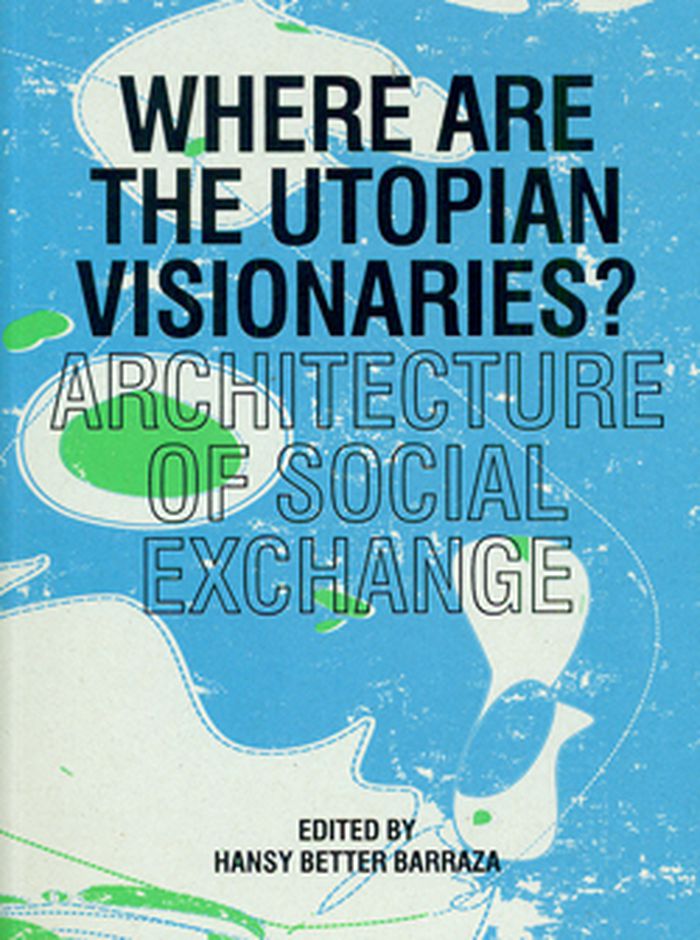$38.95
(disponible sur commande)
Résumé:
In this radical book, architects, historians, and theorists survey the inventive, low cost work being done in obscure places to make architecture into a force for sustainable growth and social justice. The efforts are Utopian not charitable in aim. This new breed of architect-activists is endeavoring to diversify if not reinvent their profession by engaging in an(...)
Where are the utopian visionaries? Architecture of social exchange
Actions:
Prix:
$38.95
(disponible sur commande)
Résumé:
In this radical book, architects, historians, and theorists survey the inventive, low cost work being done in obscure places to make architecture into a force for sustainable growth and social justice. The efforts are Utopian not charitable in aim. This new breed of architect-activists is endeavoring to diversify if not reinvent their profession by engaging in an "exchange" of ideas, techniques, and visions of right living with people almost always relegated to silence and invisibility. The book opens with a range of theoretical essays, each specially commissioned, from "the site of the social" in architecture to John Hejduk's legacy, as well as five ways to change the world with Chris Marker's films. Subsequent essays form a field guide to "exchange" projects from Harlem to Port-au-Prince to Serekunda and Indore, a few still unbuilt, all virtually unknown to students of architecture. Jae Cha, Peter Clegg, Simón Vélez, and famed modernist Balkrishna Doshi demonstrate the benefits of easily found and/or scavenged materials, including bamboo. Other essays present varied alternatives to ghettoizing large groups in bleak housing complexes and urban "deserts" in architecture.
Théorie de l’architecture
